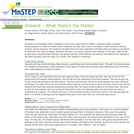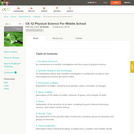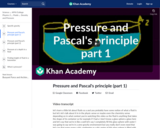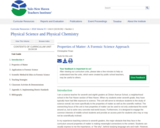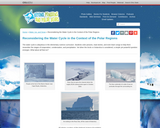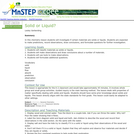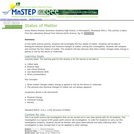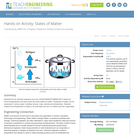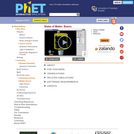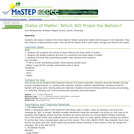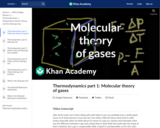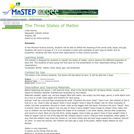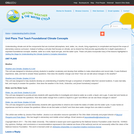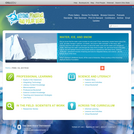Over 1,200 types of animals have the ability to walk on water. They do so due to surface tension, a physical property of liquid matter. Particles of solid matter are not locked in place, but actually vibrate around their central position. If not limited by a container, gaseous matter will expand endlessly. Furthermore, matter in the plasma state is uncommon on Earth, but the most common phase in the universe because it is a major component of stars.
Everything we see, hear, smell, taste, and touch is matter. Matter is all around us. Learning about matter is learning chemistry. Chemistry is the study of all aspects of matter including the composition, structure, properties, and changes of matter. Solids, liquids, gases, and plasmas are states, or phases, of matter. On our planet, along with matter, there is energy. Thermal energy, or heat, is intrinsically related to states of matter as well as the phase changes of matter.
This curriculum unit promotes the study and investigation of matter as well as phase changes. A hands-on approach is encouraged and suggestions are made in reference to discourse, demonstrations, activities, and experiments. The unit is designed for physical science and chemistry teachers. It should run approximately one month.

